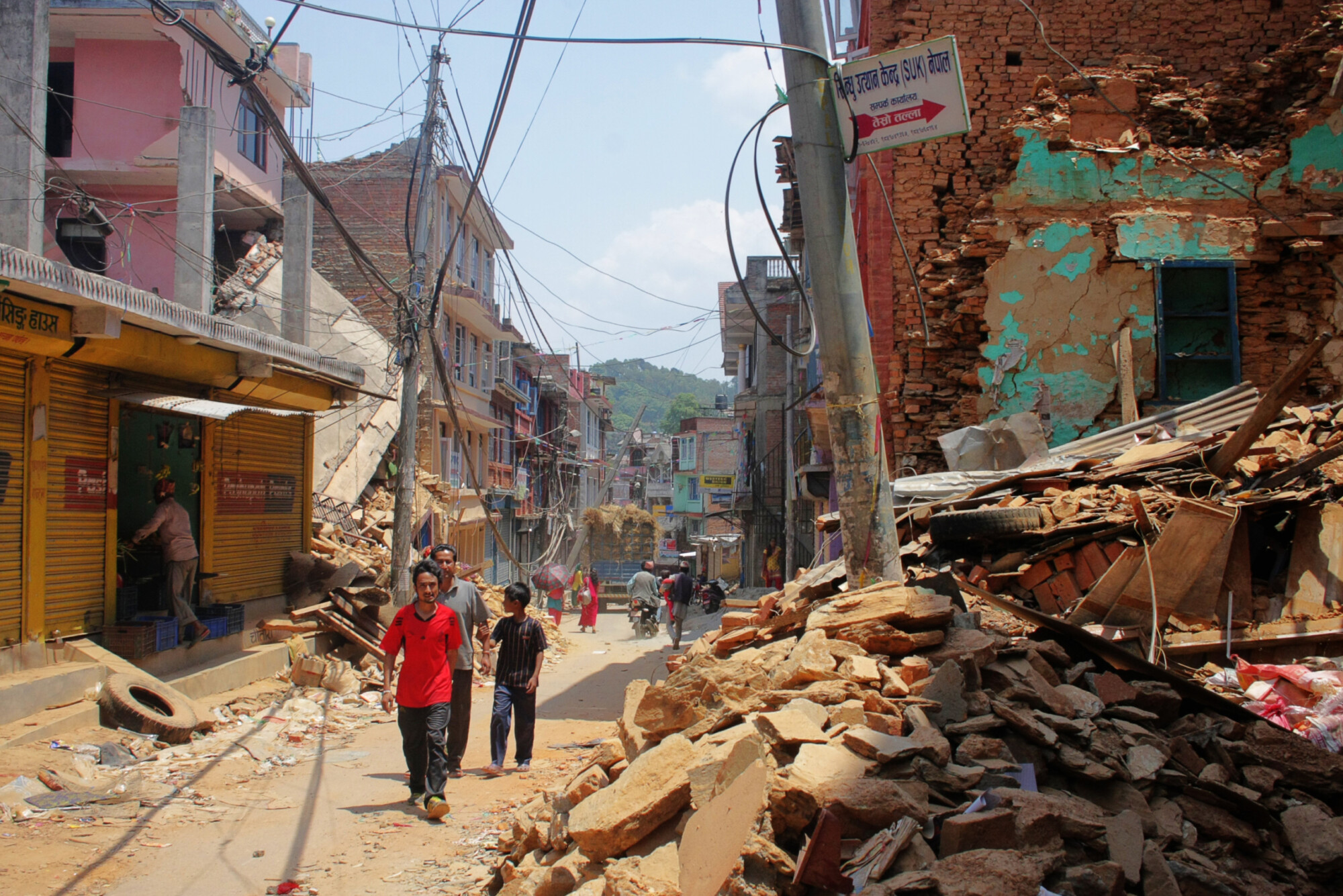GBC-Education Companies Support Nepal Relief Efforts

Nearly two weeks out from the devastating 7.8 magnitude earthquake that struck Nepal, recovery efforts are beginning to shift toward rebuilding. The scale of destruction caused by the earthquake—which took the lives of 7,675 and damaged over 500,000 houses—will require serious long-term commitment and support to the rebuilding process.
These long-term commitments are particularly critical for the education sector—the foundation of a nation—which has been dramatically altered by the earthquake in Nepal. From ensuring the safety of school buildings to helping transfer funds to support aid efforts, the business community plays a critical role in supporting education.
The Scale of the Disaster
Several districts detail near total destruction of education facilities—Gorkha alone recording 90% of its 500 schools destroyed or badly damaged, affecting 75,000 school children—and over 5,000 schools nationwide are estimated to have been completely destroyed by the earthquake. The Nepalese Department of Education has suspended all classes until May 15, at which time District Disaster Relief Committees will assess each school’s ability to reopen.
In the interim, the Education and Protection clusters have established 28 child friendly spaces in 3 major districts that are serving 2,800 affected children, providing assistance through academic programming, sports, psychosocial support and delivering key lifesaving messages related to water and sanitation, nutrition, health, and child protection.
The education cluster has submitted a flash appeal for US$20 million dollars to reach 1.5 million children in need. The flash appeal outlines structural plans and coordinates proposed sector projects and all, including the private sector are free to contribute. As of May 7, only 1.3% of this appeal had been met through a single contribution by Sweden. Sadly, Nepal is only the latest reflection of the broader crisis in financing education in emergencies. In 2014, only 1% of humanitarian aid was allocated for education. This figure reflects less than $0.02 spent per child per day.
Education may not provide humanitarian support in the same way that the provision of health care, food or shelter does, but the potential consequences of children out of school in crises—child labor, child marriage, child trafficking, conscription into armed forces as child soldiers—affect the social and economic stability of a country. The business case for investment in education may be higher-risk, but it is certainly higher-reward given these alternatives.
Business is Leading the Way
Global Business Coalition for Education members have led the way investing in previous emergencies and continue to do so in Nepal by leveraging their products and services to facilitate aid and enable better communication.
Microsoft is offering free Skype calls to and from Nepal as well as a minimum $1 million dollar contribution to support relief efforts, matching employee donations one to one. Tata Teleservices is also offering a reduced local rate for calls placed between India and Nepal. And given that remittances represent one fourth of Nepal’s gross domestic product, the Western Union Foundation has made all money transfers to Nepal free of charge as well as providing discretionary and matching financial support through its business partners and employee donations.
But the business community can do more in education. Geospatial companies can help track the locations of schools in need of repair and better manage education-related data. Companies providing emergency items – like solar lanterns – can ensure schools and classrooms are illuminated and safe. And companies in financial services can provide fee-free transfers to priority NGOs to support relief efforts in education. Together the Nepalese Government, international agencies and NGOs, the business community can help rebuild the country’s education sector.
Photo © IOM
